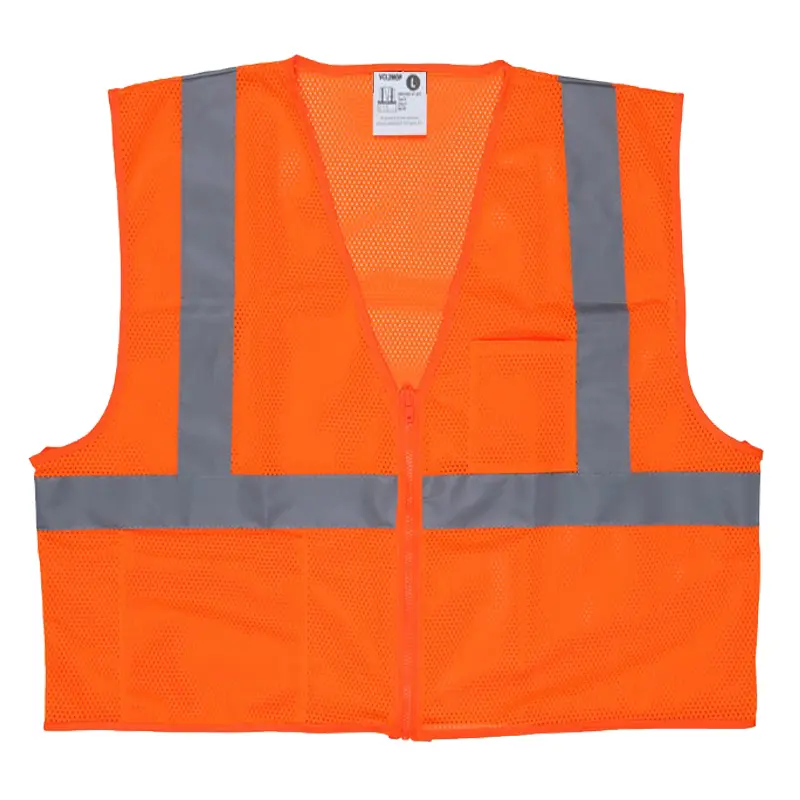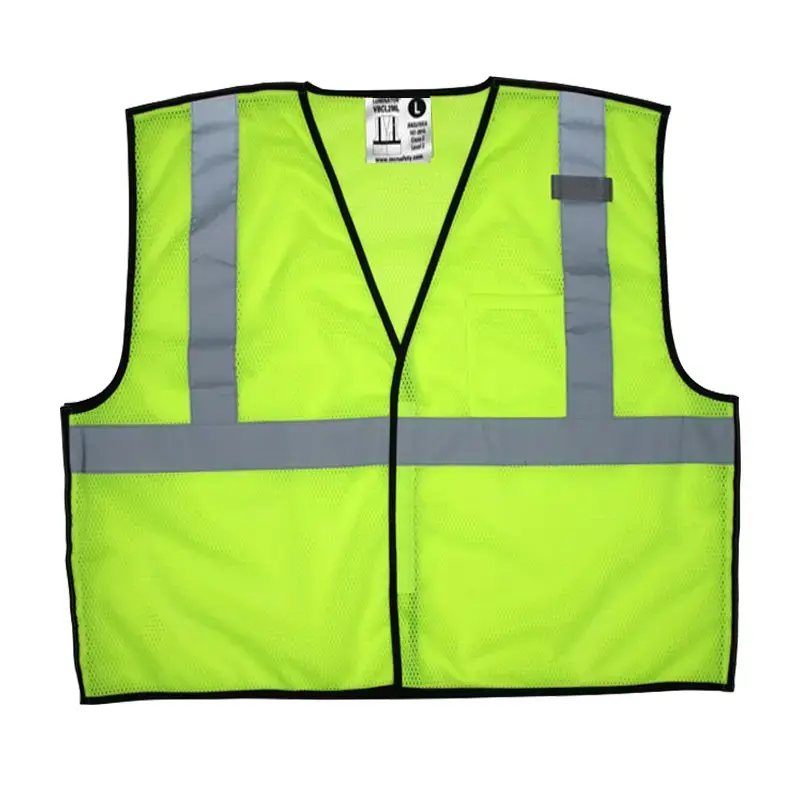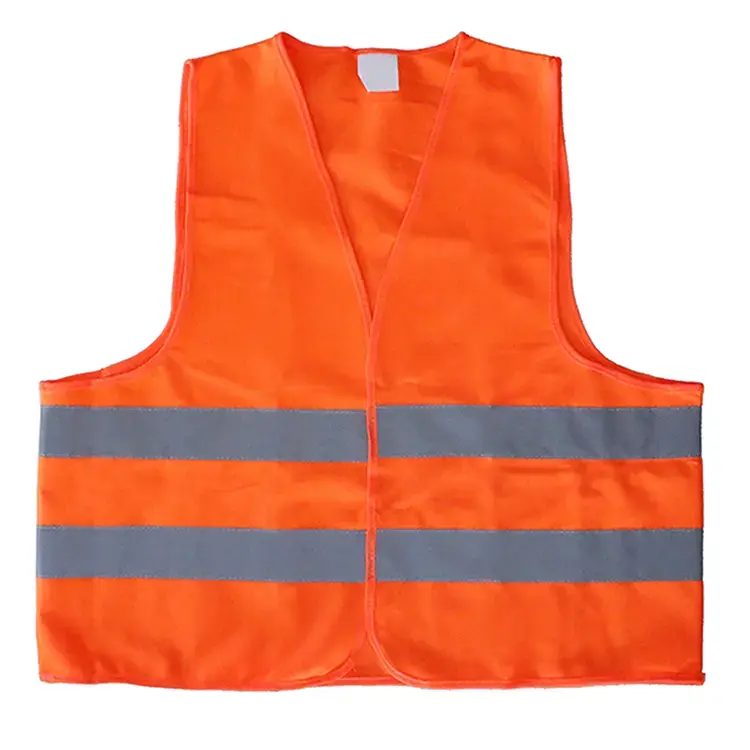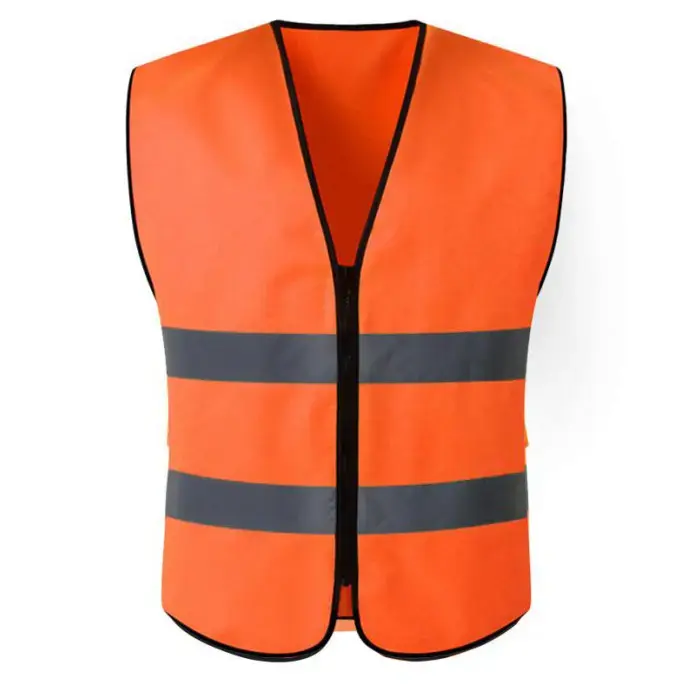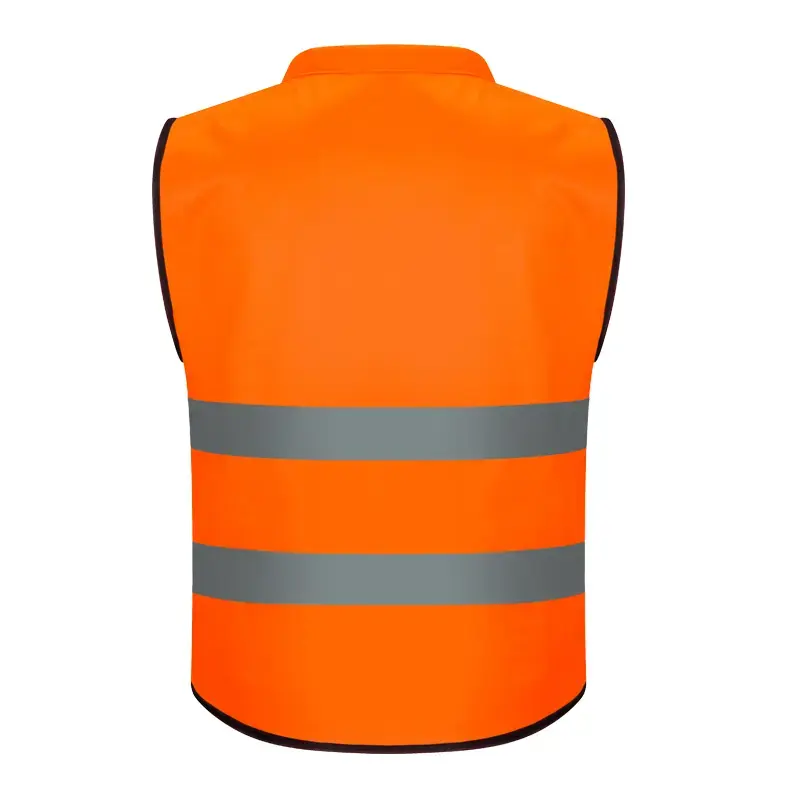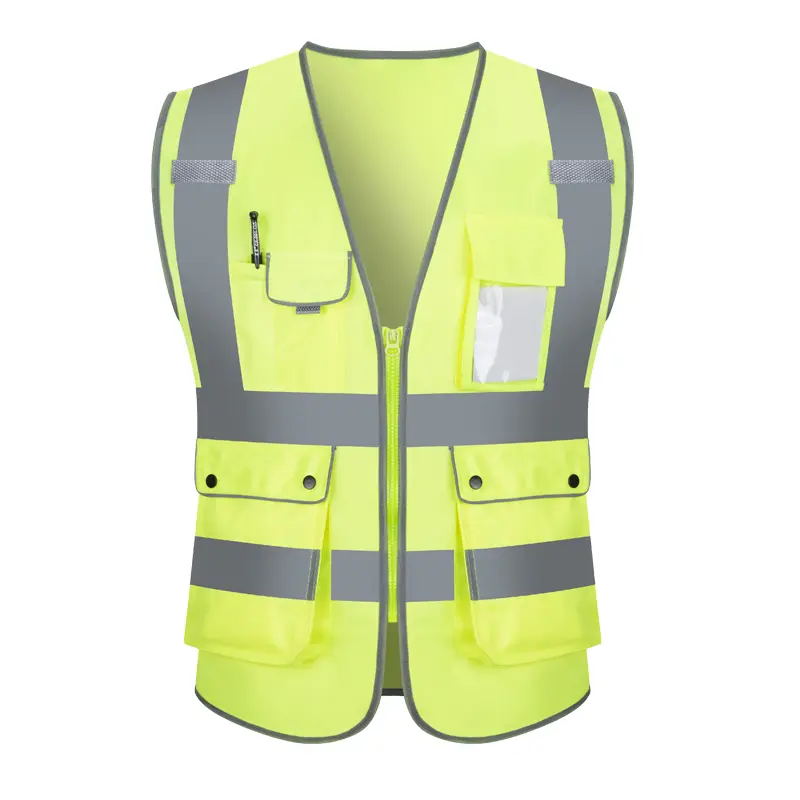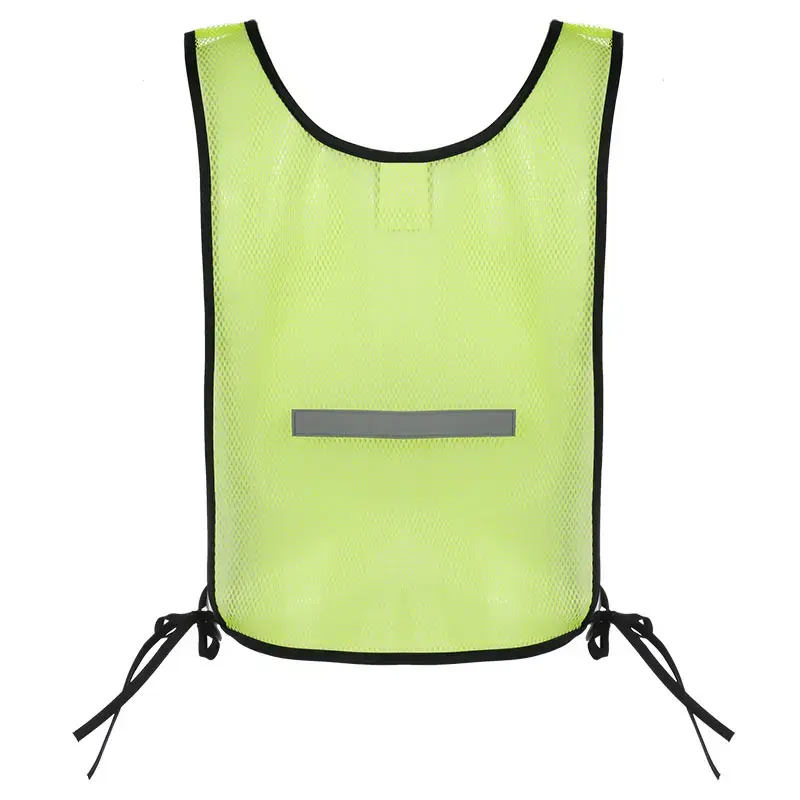High-visibility reflective clothing: US standards vs. Chinese standards
High-visibility reflective clothing: US standards vs. Chinese standards
In today's globalized market, high-visibility reflective clothing, as an important personal protective equipment, is widely used in transportation, construction, sanitation, emergency rescue and other fields. For international wholesale buyers, it is crucial to understand the standards of different countries, because this is not only related to the compliance of the product, but also directly affects the quality and safety of the product. This article will explore the high-visibility reflective clothing standards in the United States and China in depth to help buyers better understand the differences and connections between the two.
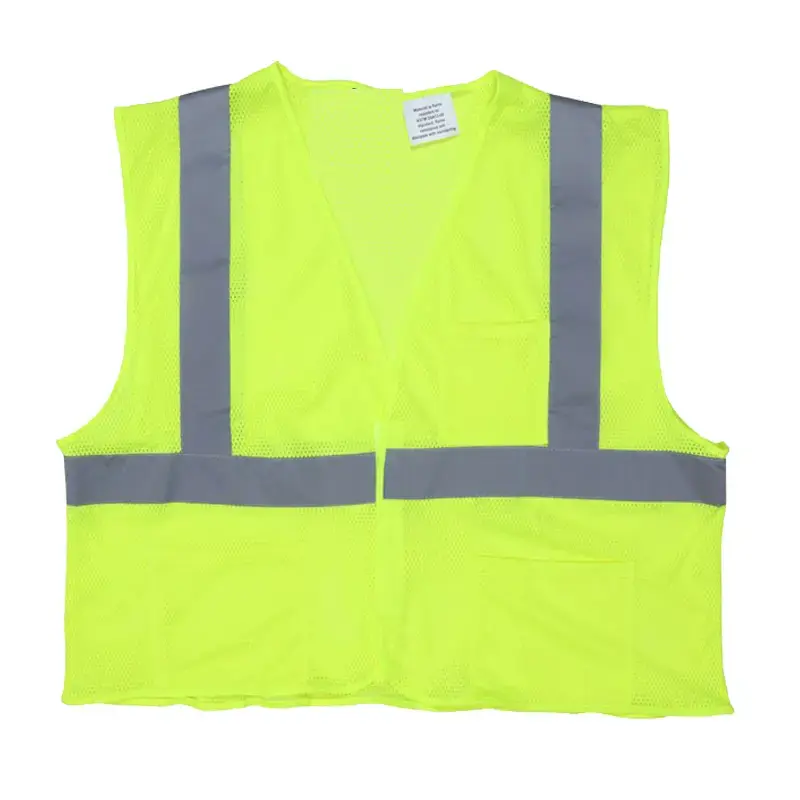
1. Overview of high-visibility reflective clothing standards in the United States
The high-visibility reflective clothing standards in the United States are mainly formulated by the American National Standards Institute (ANSI) and the International Safety Equipment Association (ISEA). The latest version is ANSI/ISEA 107-2020. The standard is designed to ensure the visibility of reflective clothing in various environments, thereby protecting the safety of the wearer. The US standard divides reflective clothing into three levels, which are suitable for working environments with different levels of risk.
(I) Classification
Level 1 reflective clothing: Suitable for low-risk environments, such as working in scenes with slow vehicle speeds (no more than 25 miles per hour) and simple backgrounds.
Level 2 reflective clothing: Suitable for medium-risk environments, such as inclement weather, complex backgrounds, or scenes with vehicle speeds exceeding 25 miles per hour.
Level 3 reflective clothing: Suitable for high-risk environments, such as working in high-speed traffic or where the sight distance requires more than 390 meters.
(II) Design requirements
360° visibility: Reflective clothing must have a continuous reflective tape around the torso, and the reflective tape of level 1, level 2 and level 3 reflective clothing cannot have a gap of more than 5 cm. Level 3 reflective clothing should also include reflective tape around the sleeves.
Reflective material area: Different levels of reflective clothing have clear requirements for the area of reflective material to ensure sufficient visibility.
Color requirements: Reflective clothing usually adopts bright colors such as yellow or orange to improve visibility during the day.
(III) Test method
Retroreflective coefficient test: Test the reflective performance of reflective materials at different angles and distances to ensure its visibility at night or in low light conditions.
Durability test: Including tests such as wear resistance, water washing, and light exposure to ensure that the performance of reflective materials can still meet the requirements after long-term use.
2. Overview of China's high-visibility reflective clothing standards
China's high-visibility reflective clothing standards are jointly issued by the General Administration of Quality Supervision, Inspection and Quarantine and the National Standardization Administration. The latest version is GB 20653-2020. This standard also aims to ensure the visibility of reflective clothing in various environments to ensure the safety of the wearer.
(I) Classification
Cancellation of classification: Unlike the US standard, the Chinese standard cancels the classification and uniformly requires that the retroreflective coefficient of reflective materials must meet the requirements of Level 2 in the old version.
Uniform requirements: All reflective clothing must meet the same reflective performance requirements to ensure visibility in different environments.
(II) Design requirements
Reflective material area: The minimum area requirements of reflective materials are clearly specified to ensure sufficient visibility.
Color requirements: The color of reflective clothing must be eye-catching and easy to identify, usually yellow or orange.
Combined performance materials: It is encouraged to use combined materials with both fluorescent and reflective properties to improve overall visibility.
(III) Test method
Retroreflective coefficient test: Similar to the US standard, the Chinese standard also requires the retroreflective coefficient of reflective materials to be tested to ensure its visibility at night or in low light conditions.
Durability test: Including water washing, light, wear resistance and other tests to ensure that the performance of reflective materials can still meet the requirements after long-term use.
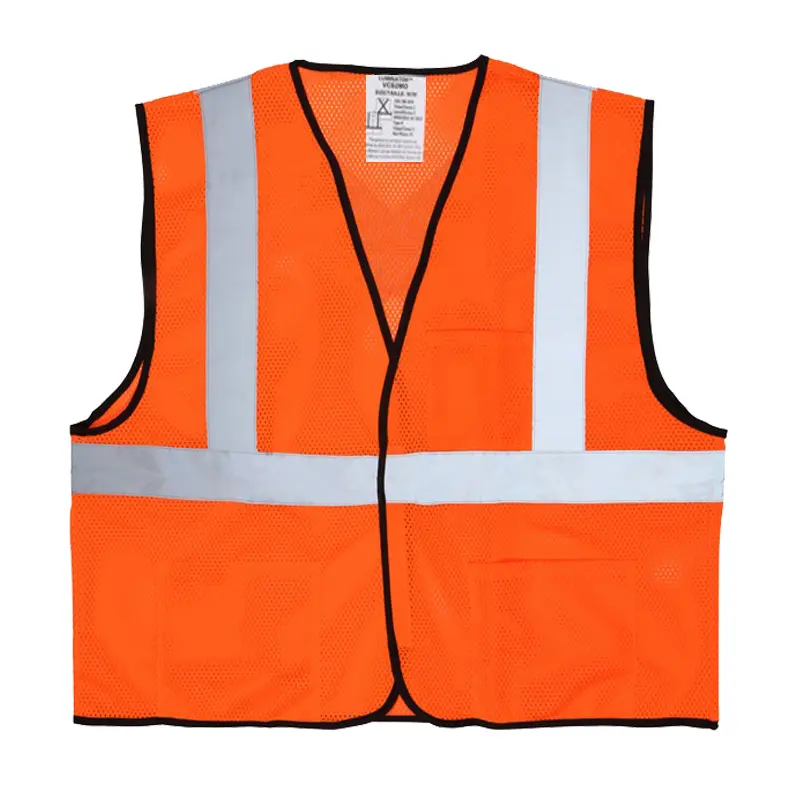
3. Comparison between US standards and Chinese standards
(I) Classification
US standards: Divided into levels 1, 2 and 3, suitable for working environments with different risk levels.
Chinese standards: Cancel the classification and uniformly require that the retroreflective coefficient of reflective materials must meet the requirements of level 2 in the old version.
(ii) Reflective material area
American standard: There are clear reflective material area requirements for reflective clothing of different levels.
Chinese standard: The minimum area requirements for reflective materials are uniformly stipulated and applicable to all reflective clothing.
(iii) Color requirements
American standard: Reflective clothing is usually yellow or orange, or a combination of these two colors.
Chinese standard: It also requires that the color of reflective clothing must be eye-catching and easy to identify, usually yellow or orange.
(iv) Test method
American standard: Including retroreflection coefficient test, durability test, etc., to ensure the performance of reflective materials under different conditions.
Chinese standard: It also includes retroreflection coefficient test and durability test, and the test method is similar to that of the American standard.
(v) Scope of application
American standard: It is mainly applicable to the US market, but it is also widely recognized in the international market.
Chinese standard: It is mainly applicable to the Chinese market, but it is also gradually recognized in the international market.
There are some differences between the U.S. and China's high-visibility reflective clothing standards in terms of grade classification, reflective material area, color requirements and testing methods, but both are aimed at ensuring the visibility of reflective clothing in various environments to protect the safety of the wearer.

